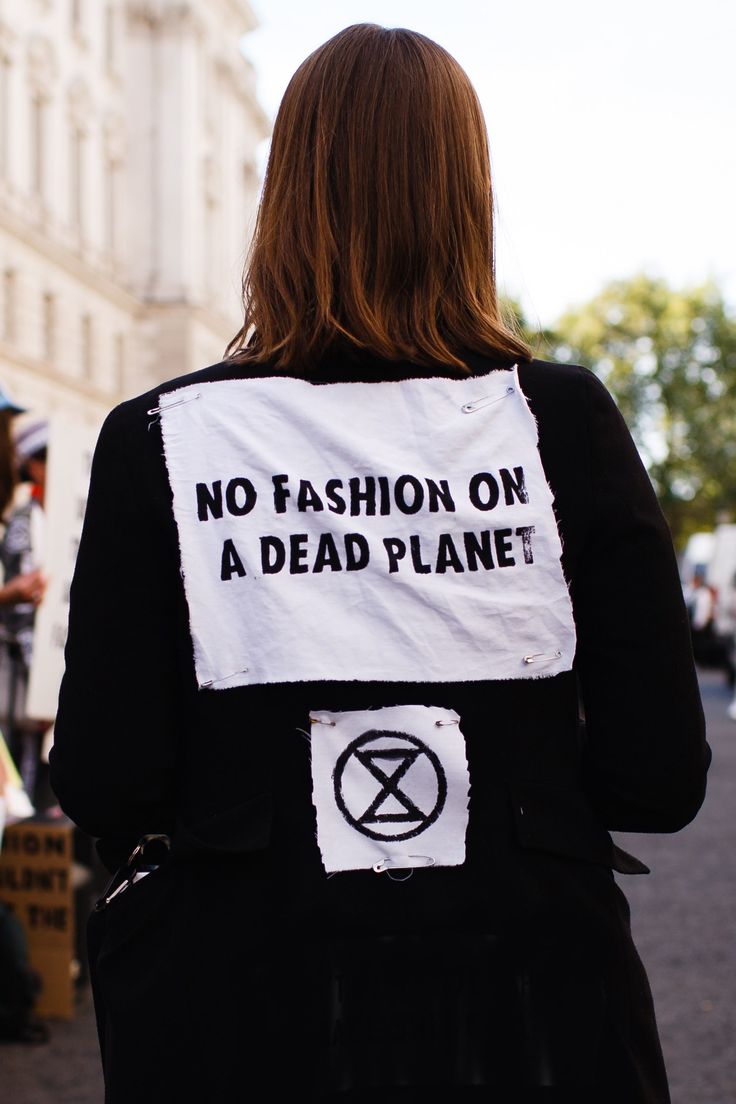Fashion is a dynamic and ever-changing industry that influences people’s choices in clothing, accessories, and personal style.
While fashion can be a form of self-expression and creativity, some individuals may become “fashion victims” by blindly following trends or succumbing to societal pressures.
This phenomenon can be attributed to various factors such as the desire for social acceptance, psychological influences, marketing strategies employed by fashion brands, and the influence of celebrities and influencers.
Social Acceptance and Conformity
One reason why people become fashion victims is the desire for social acceptance. Humans are social beings who often seek validation from their peers and community. In many societies, appearances and clothing choices play a significant role in determining one’s social status or fitting into certain groups. As a result, individuals may feel compelled to conform to prevailing fashion trends in order to be accepted by their peers.
The fear of being judged or excluded can drive individuals to become fashion victims, constantly chasing after the latest trends without considering their personal style or comfort.
This pressure to conform can lead people to make impulsive purchases and follow fashion trends blindly, even if they do not genuinely resonate with their own sense of style.
Psychological Influences
Psychological factors also contribute to individuals becoming fashion victims.
The human mind is susceptible to cognitive biases and social influences that can sway decision-making processes.
One such bias is the bandwagon effect, where people tend to adopt beliefs or behaviors simply because others are doing so.
In the context of fashion, this translates into individuals following trends without critically evaluating whether they truly align with their personal preferences or values.
Furthermore, the concept of scarcity plays a role in shaping consumer behavior within the fashion industry.
Limited edition releases or exclusive collaborations create a sense of urgency among consumers, triggering a fear of missing out (FOMO).
This fear can lead individuals to make impulsive purchases without careful consideration, contributing to the cycle of becoming a fashion victim.
Marketing Strategies and Influencer Culture
Fashion brands employ various marketing strategies to create desire and drive sales.
Through advertising, social media campaigns, and celebrity endorsements, fashion brands create a sense of aspiration and exclusivity around their products.
This can manipulate consumers into believing that owning certain items will enhance their social status or attractiveness.
The rise of influencer culture has also played a significant role in shaping consumer behavior within the fashion industry.
Influencers, who have amassed large followings on social media platforms, often collaborate with brands to promote their products.
Their endorsement can heavily influence their followers’ purchasing decisions, as they aspire to emulate the influencer’s lifestyle or sense of style.
Influencers often showcase the latest trends and encourage their followers to buy certain items, creating a sense of urgency and desire.
This pressure can lead individuals to become fashion victims by mindlessly purchasing items solely based on the influence of their favorite influencers.
Last Thoughts
People become fashion victims due to a combination of factors such as the desire for social acceptance, psychological influences, marketing strategies employed by fashion brands, and the influence of celebrities and influencers.
The pressure to conform to societal standards and the fear of being judged can drive individuals to blindly follow fashion trends without considering their personal style or comfort.
Additionally, psychological biases and marketing techniques exploit consumers’ desires for exclusivity and aspiration.
The influence of celebrities and influencers further perpetuates this cycle by promoting certain trends and products.
While it is natural for individuals to be influenced by external factors when it comes to fashion choices, it is important for people to maintain a sense of individuality and make conscious decisions that align with their own preferences and values.

